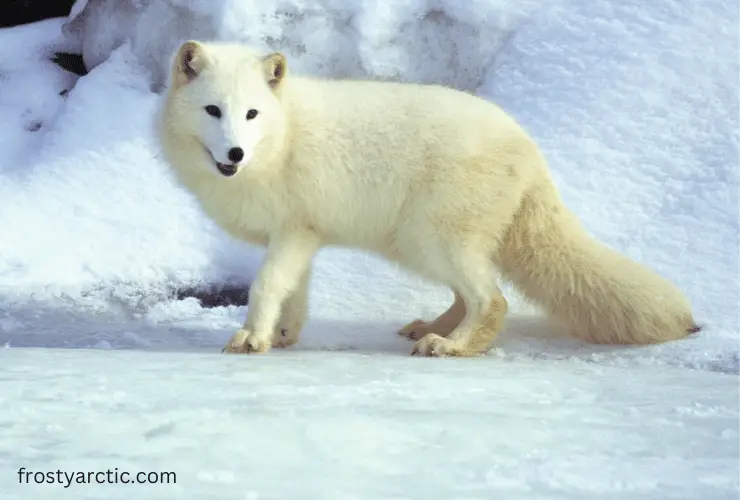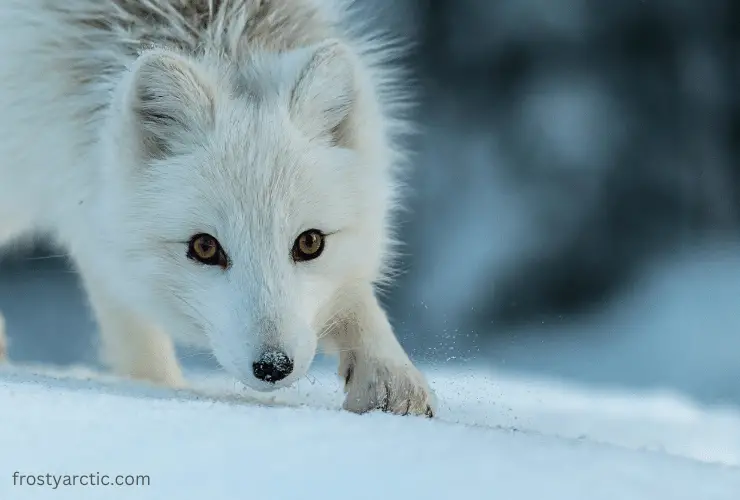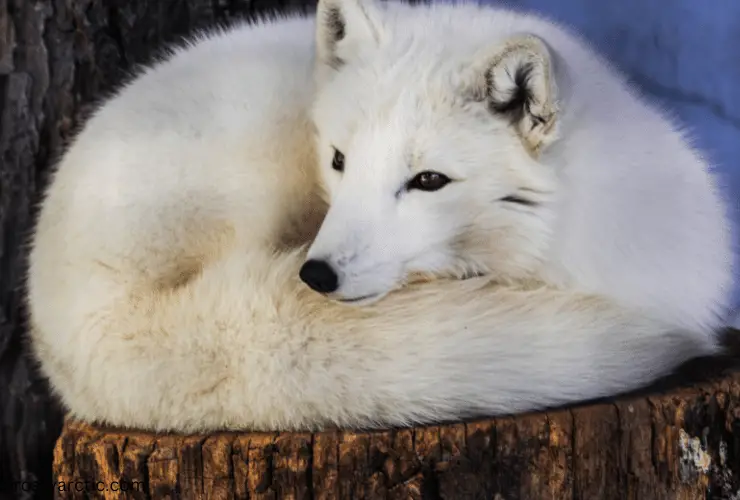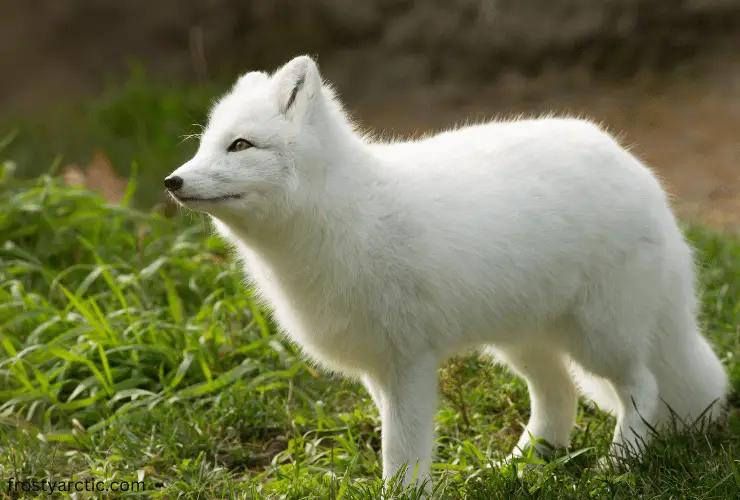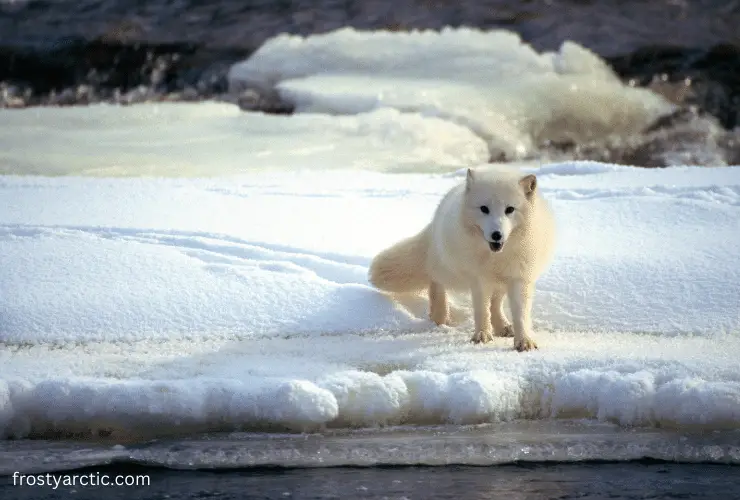Do Polar Bears Eat Arctic Foxes? [Why or Why Not?]
No, polar bears do not eat Arctic foxes. They like to eat high-energy food like seals and other marine animals. The blubber of these animals is highly caloric and full of fats. However, wildlife is often unpredictable. So, polar bears can also hunt Arctic foxes only when food is scarcely available. That’s why they are … Read more



